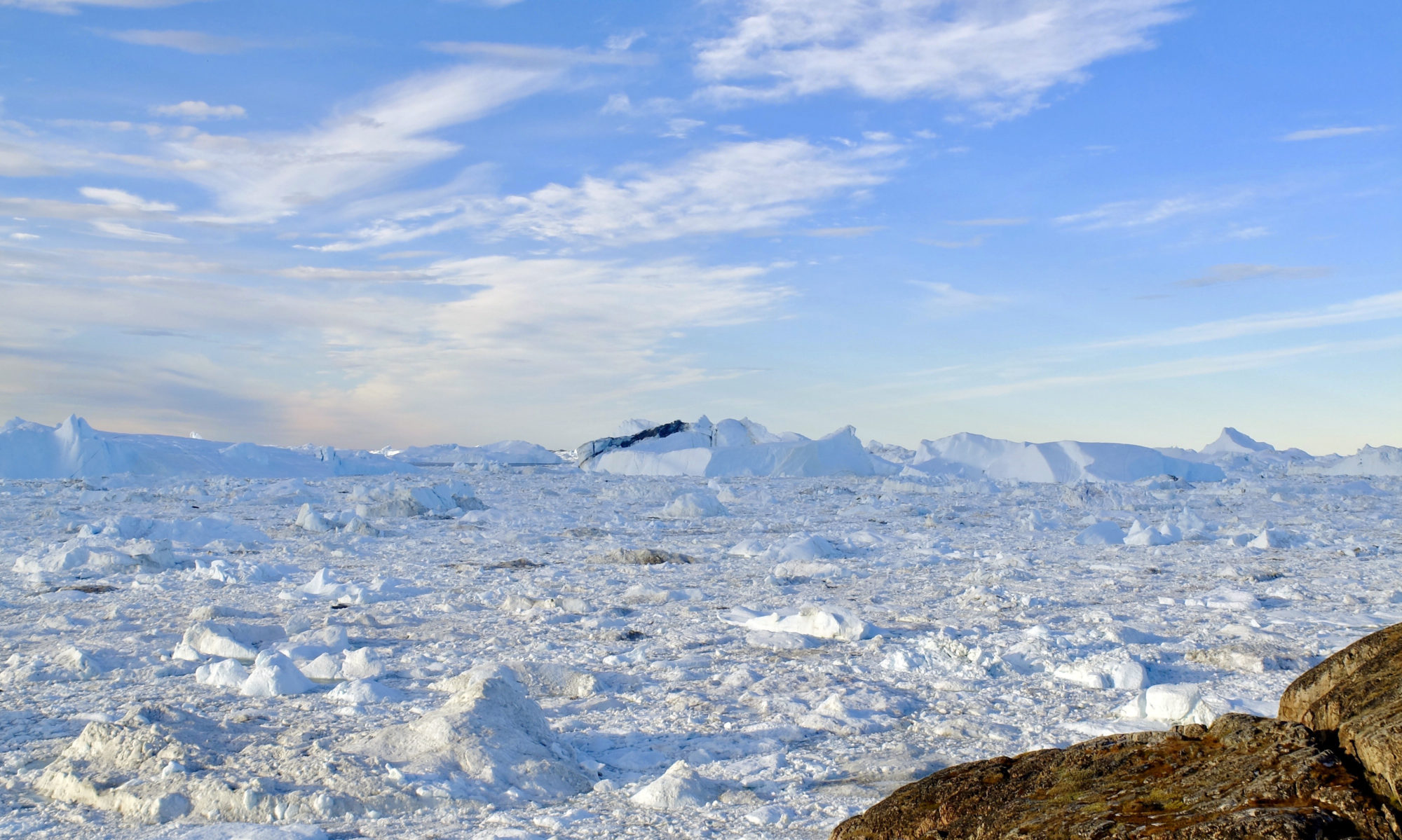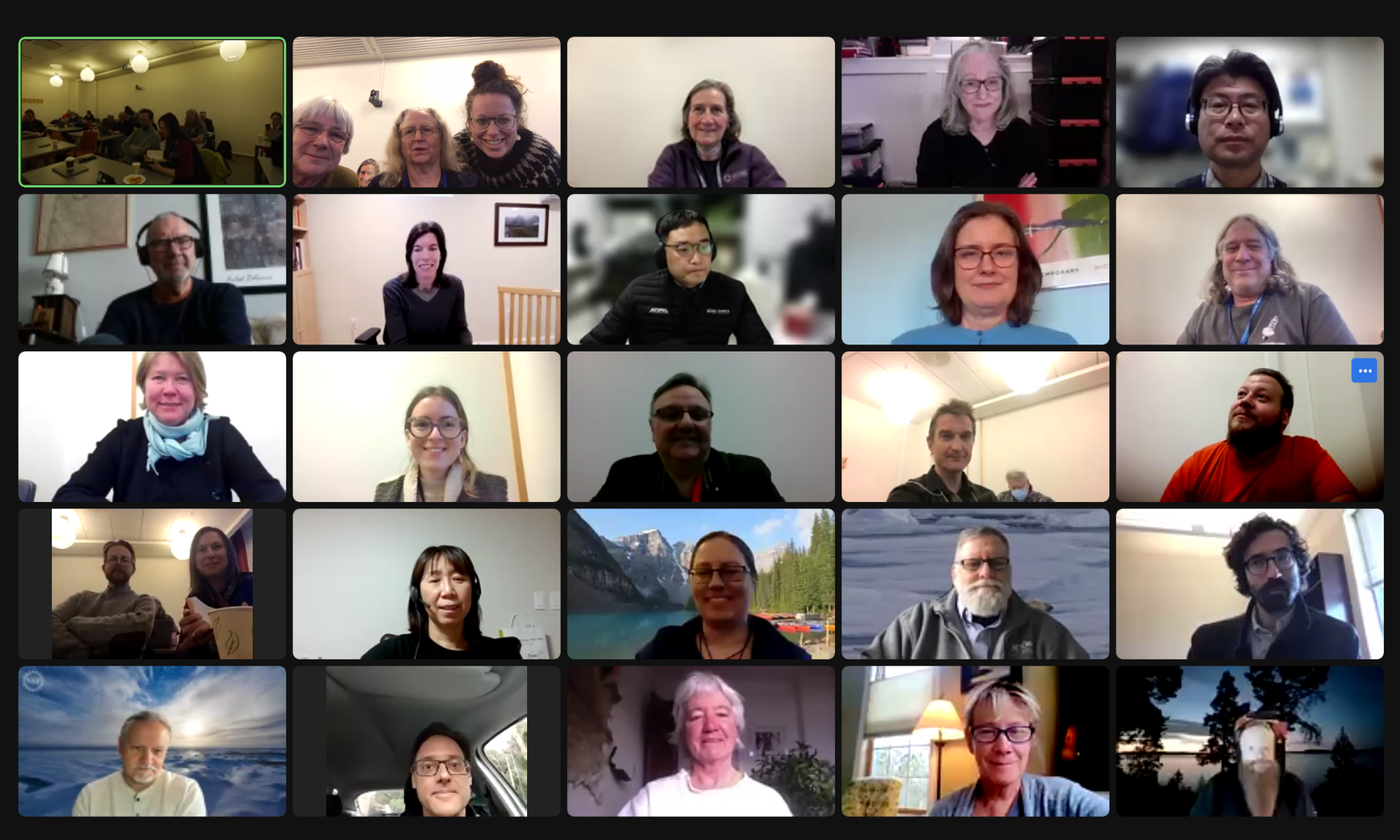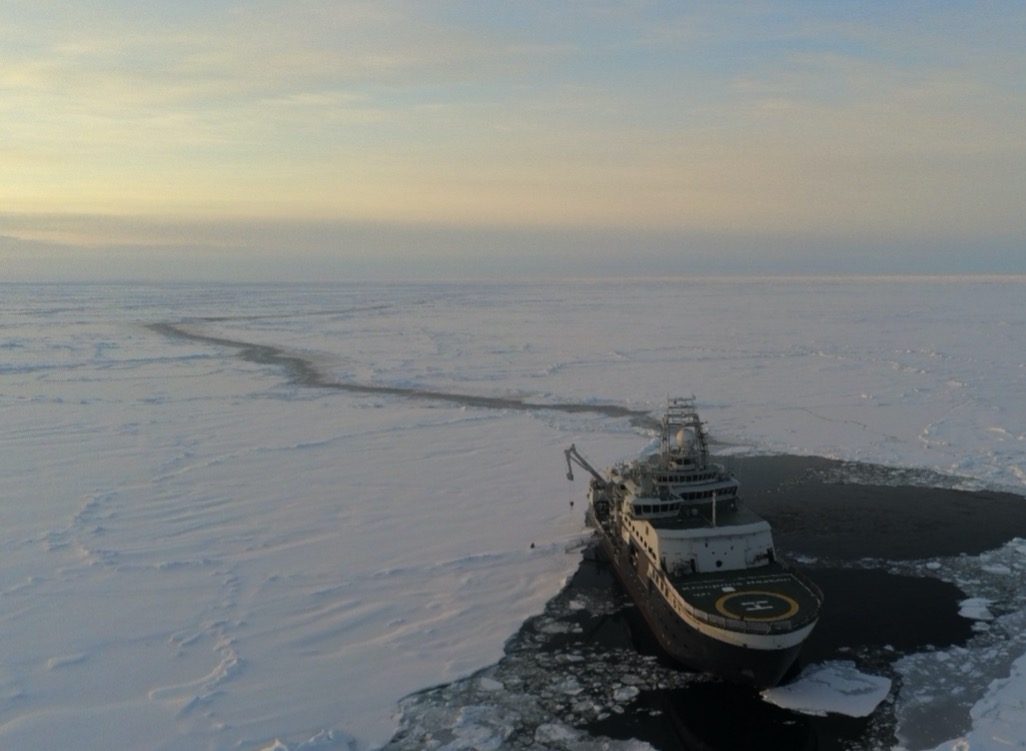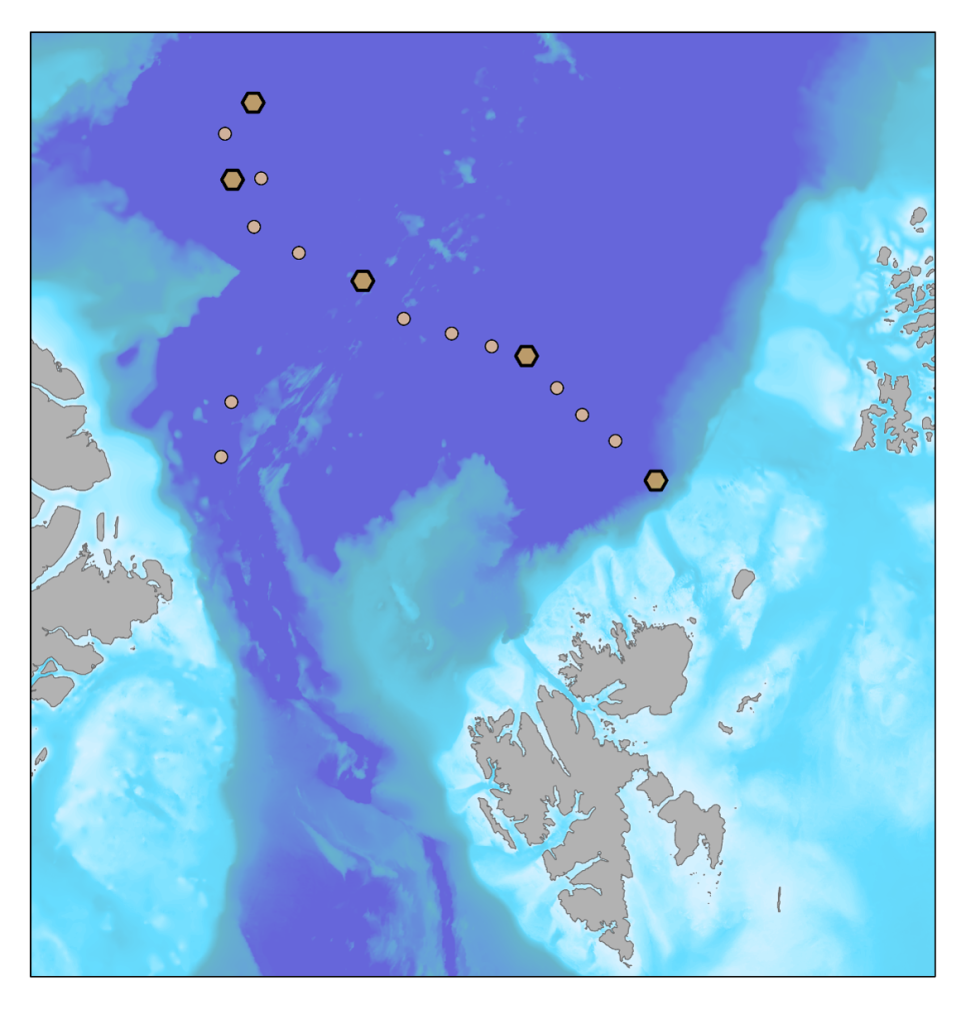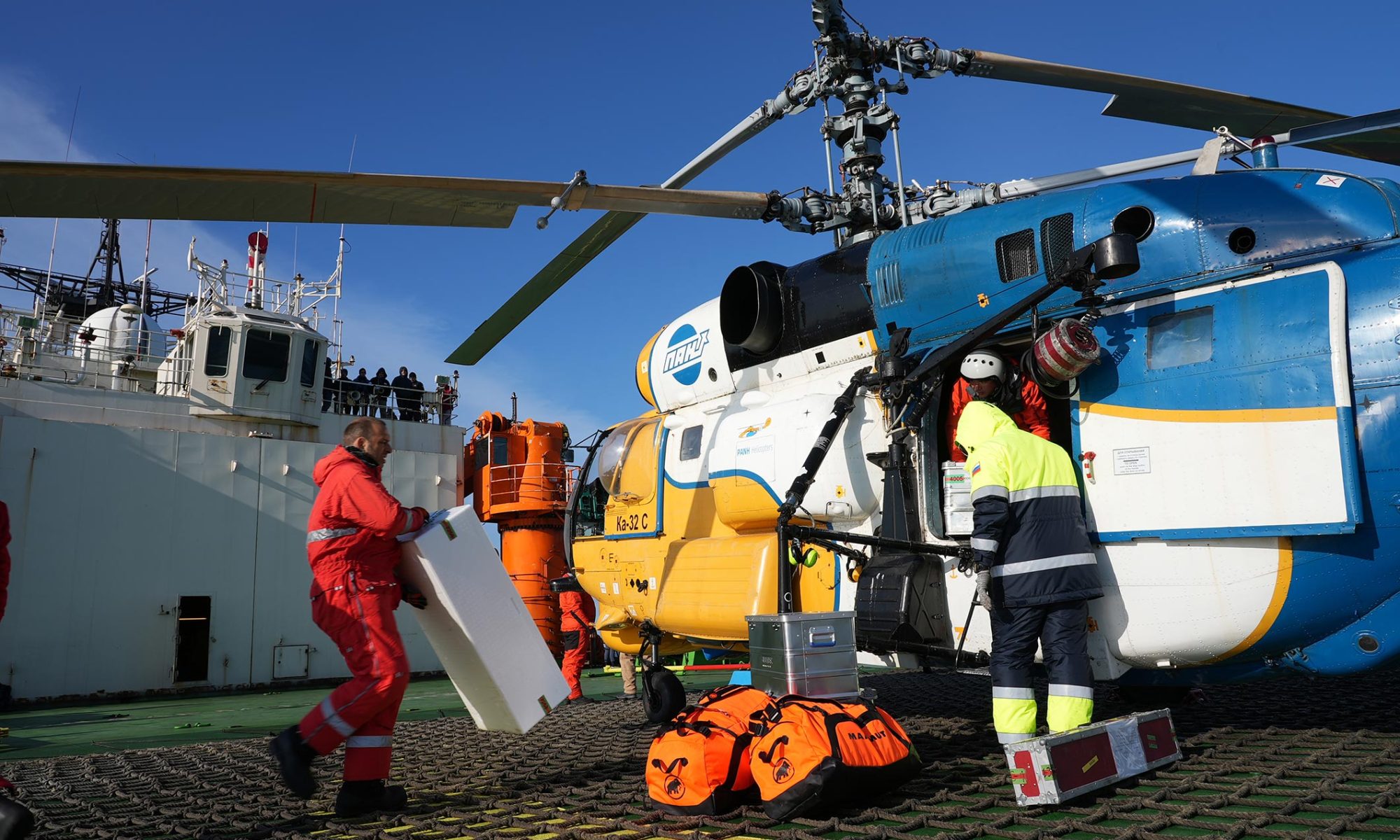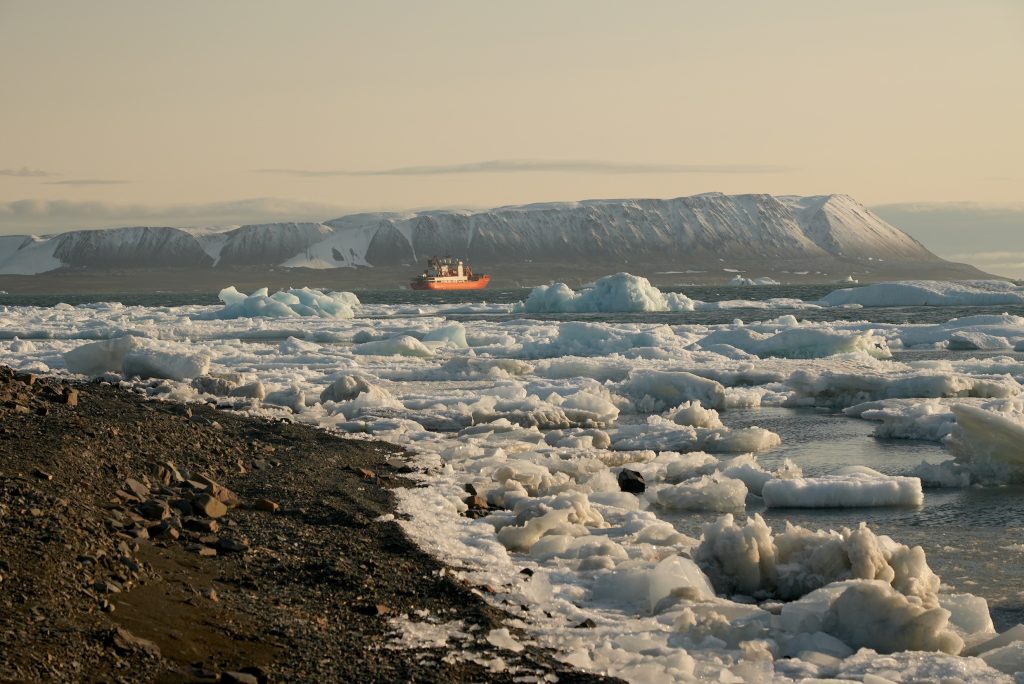A Synoptic Arctic Survey community meeting was held on March 31st, in conjunction with the Arctic Science Summit Week in Tromsø. This was a hybrid meeting, with altogether approximately 40 scientists, program managers and early career scientists attending. Everyone thought it was really nice to meet and interact in person again, after two years with only virtual meetings.
The SAS has evolved into a massive effort with a lot of cruises conducted in 2020 and 2021, and some planned for 2022. Partners from Canada, Denmark, Germany, Italy, Japan, Norway, South Korea, Sweden and the USA presented past and future cruises. We were in particular impressed by the unique data collected on the German/Russian/Swiss “Arctic Century expedition” to the Barents and Laptev Seas, and troubled by the challenges that this important collaboration is facing in the wake of the war in Ukraine.
We further discussed how to proceed with the synthesis phase that the Synoptic Arctic Survey is now entering. Data sharing and authors for the different papers are issues that need to be resolved in the coming year. We ended the day by enjoying freshly caught cod – or skrei – from the Lofoten area.
The report from the meeting is available here and most of the presentations are available below:
